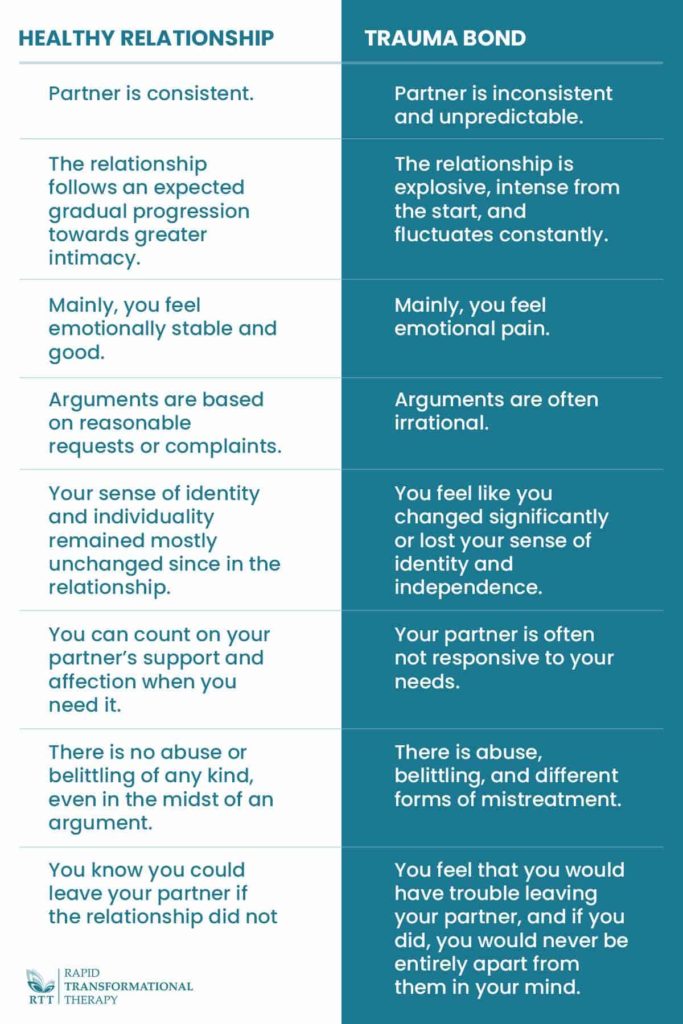
Signs of trauma professional#
It’s important to identify, recognize, and get professional counseling to overcome trauma. Unresolved trauma is a significant mental health issue. Some people continue to feel traumatized for months, and even years, later. An immediate response to an accident, violence, and other frightening events is normal and expected. The symptoms associated with PTSD may vary over time and the duration of the symptoms will also vary depending upon the individual.Trauma is an emotional response to a terrible event. However, most individuals reaction to the trauma is apparent in the immediate aftermath of the trauma.

The symptoms of PTSD may develop suddenly or can begin gradually and get worse over time. Existence of other mental health problems.Additionally, the severity of the trauma, level of personal threat, and being injured will also increase an individual’s risk. So the way in which an individual’s brain regulates chemicals and hormones in the body, which are released in response to stress, can cause the development of PTSD.Įnvironmental: Individuals who have lower social economic status, lower education, and dysfunctional family relationships, have learned self-blaming coping strategies, and have been exposed to prior trauma all have an increased risk of developing PTSD. Additionally, the level of the neurotransmitters dopamine and serotonin may be lower in those who have an anxiety disorder. Physical: Neuroimaging studies conducted on the brains of people who have PTSD, have noted marked differences in the structure of certain areas of the brain. Additionally, inherited mental health risks such as an increased risk for anxiety or depression can play a role, as well as inherited aspects of personality. There are certain genotypes that can either be protective or increase risk of PTSD after exposure to trauma. Genetic: People who have first-degree relatives with anxiety disorders or other types of mental illness are at a greater risk for developing PTSD after being exposed to a traumatic event. Some of the most common hypothesized causes may include: However, the reason why some individuals develop this disorder while others do not is unclear. The main cause for the development of PTSD is exposure to actual or threatened death, serious injury, or sexual violence. With proper medication, support, and therapeutic interventions those suffering with PTSD will be able to move on with life. While PTSD is an extremely debilitating disorder there is help available to get you through this difficult time. Sudden, unexpected death of a loved one.The most common traumatic events include: Some individuals may notice symptoms in the days and weeks following the event, while others do not develop symptoms for weeks, months, or even years after the event. Post-traumatic stress disorder develops differently in each person who experiences it. While not everyone who lives through a traumatic event will develop this disorder, PTSD can affect people of all ages and ethnicities. Finally, there are a number of adolescents and adults that will exhibit a combination of all of these symptoms.

Additionally, arousal and reactive-externalizing symptoms may be most prominent for some, while in others, dissociative symptoms are more troubling. Some individuals will experience more fear-based re-experiencing, emotional, and behavioral symptoms while mood states and negative cognitions may be more distressing for others. The actual presentation of PTSD varies from person to person. Post-traumatic stress disorder (PTSD) is the development of characteristic symptoms that arise following exposure to one or more traumatic events.


 0 kommentar(er)
0 kommentar(er)
